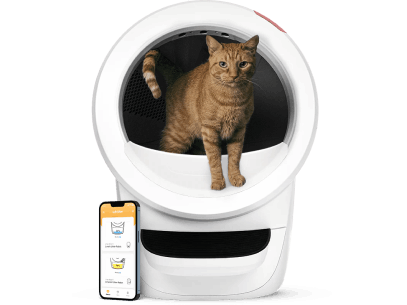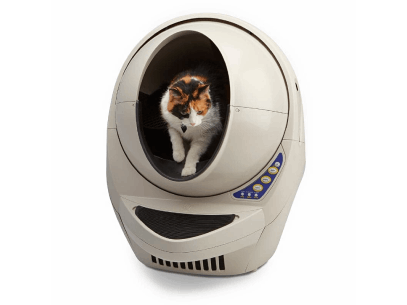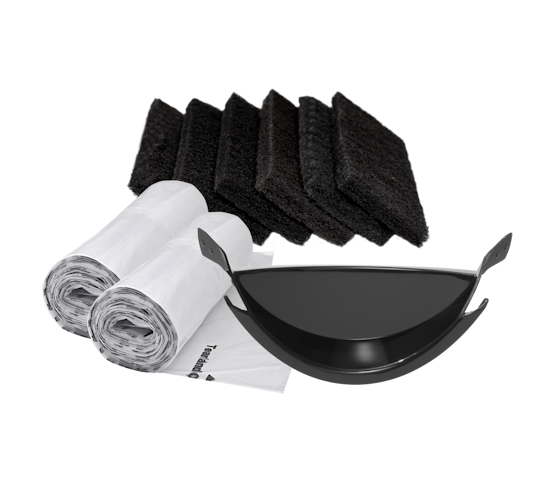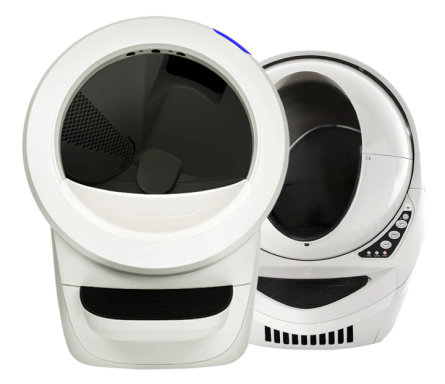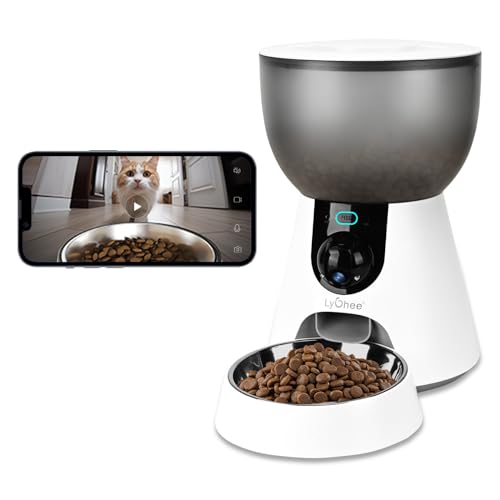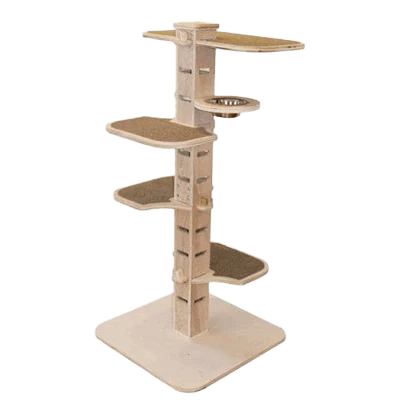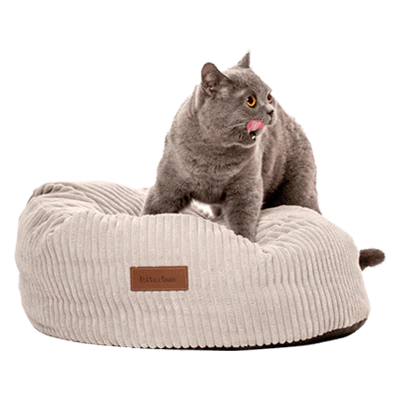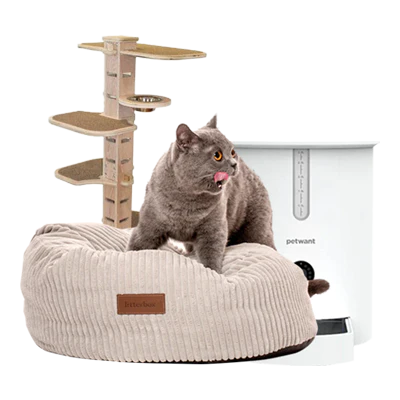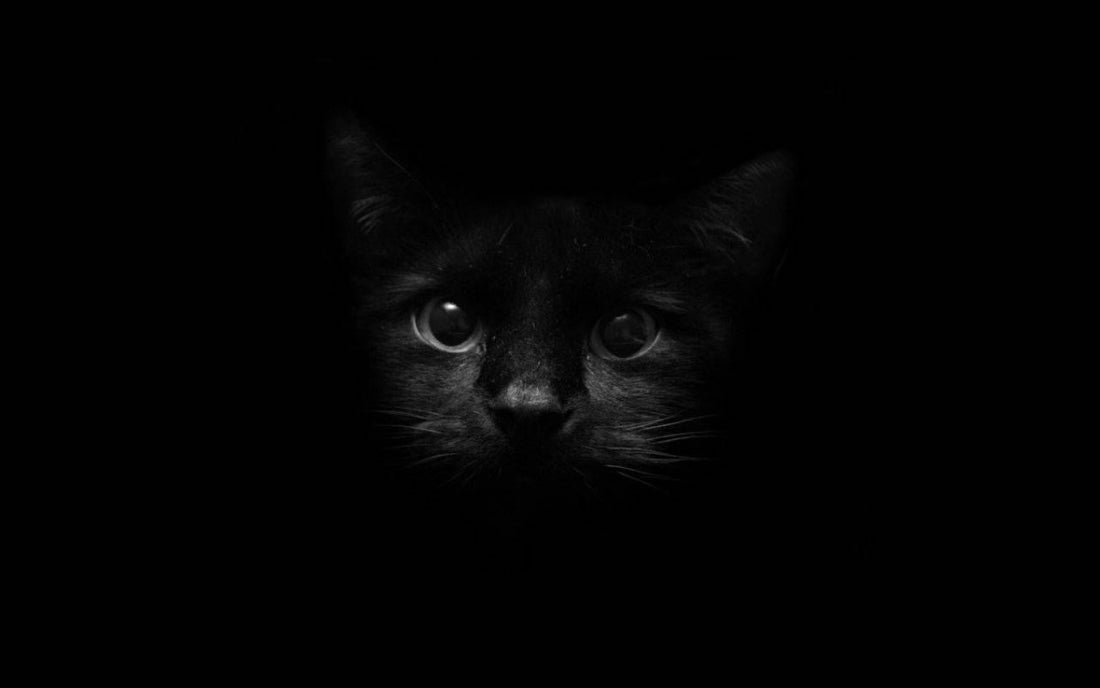We all admire the beautiful cat's eyes, with colourful iris and pupils that seem to dilate to huge plates, then shrink to slivers of darkness.
The big changes in the pupil are an indication of the ability for cats to see better than humans in low light.
In the dim light, the pupil opens, allowing more light to enter, and providing cats with the advantage over species that are not able to dilate the pupils so well.
This provides an advantage for hunting in dim light, dawn and dusk, and at night, where the superior vision can allow a cat to see prey even in low light.
However, it does come at a price. Cats cant see fine detail or rich colour, as a high number of the rods in their retina are sensitive to dim light, so not available to capture colour spectrum or fine detail.
There is also an extra ‘mirror’ layer at the back of the eye behind the retina, which means that incoming light is further captured by the rods.
This sometimes affects how well your cat sees things close up, with movement catching their attention faster than a stationary object. Sometimes they will seem to not see an object that is close, if it is still, as they may not be able to distinguish between the colours and shapes as well as we do.
The truth is that cats cannot see in total darkness, any more than we can. But low light adaption means they are excellent escorts in the night when a human may need to wander about a residence, and the cats superior eyesight in dim light can provide a helpful guide.
Its also why cats are such effective hunters in the dark, and as such, it's best to keep your felines safely inside during the night hours, if you have inside-outside cats, so you can restrict your cat's natural hunting instincts to toy mice, safely at home.
